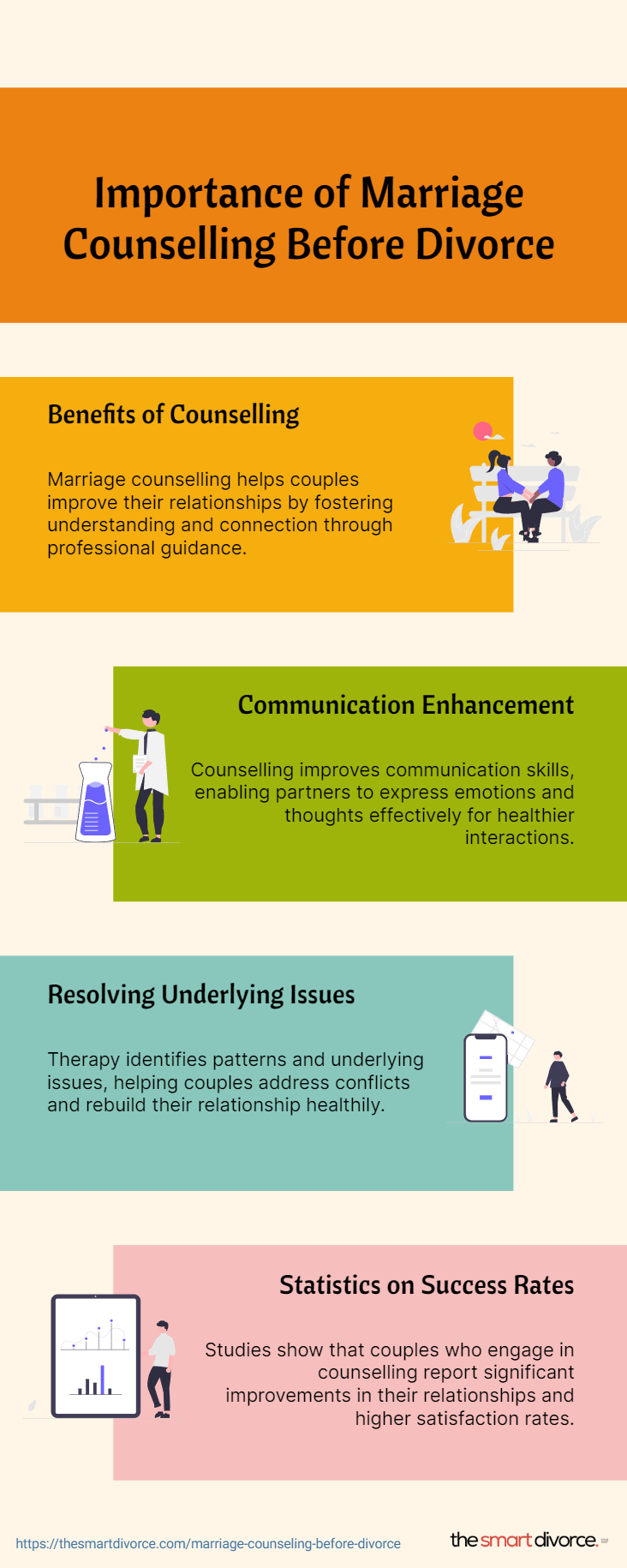Excitement About Aim Point Counseling
Excitement About Aim Point Counseling
Blog Article
Aim Point Counseling - The Facts
Table of ContentsSome Ideas on Aim Point Counseling You Need To KnowGet This Report on Aim Point CounselingAim Point Counseling Things To Know Before You Get ThisThe 25-Second Trick For Aim Point CounselingWhat Does Aim Point Counseling Mean?Aim Point Counseling Fundamentals Explained
The longitudinal layout includes a pre-treatment study and 2 follow-up studies at 3- and 12-months post-intervention. The study is set in 8 Relationships Australia Victoria centres, across cosmopolitan, external residential areas, and regional/rural websites. Relationships Australia, a non-government organisation, is the biggest supplier of couple therapy and partnership services in Australia.
These high prices of connection failure have actually been consistently associated with unfavorable health and wellness repercussions for both grownups and kids adhering to divorce/separation.
The Buzz on Aim Point Counseling
Longitudinal studies also recommend that kids of divorce have a greater incidence of mental disorders, alcohol and drug usage, and high-risk sex-related practices [7] The results of divorce and splitting up can be damaging, research suggests that high partnership dissonance in intact pairs is likewise likely to have adverse outcomes.
Additionally, aspects that affect the outcomes of these solutions require thorough investigation. Study to date has actually identified both pair and private elements that may add to relationship dissonance. These include relationship contentment and commitment at the couple degree, and depression at the individual level. Durable study to assess relationship-enhancing treatments in the community are scarce.
Aim Point Counseling Can Be Fun For Everyone
While the majority of research studies show enhancements in connection satisfaction complying with couple therapy, they are limited by the samples and procedures utilized, greatly temporary follow-up time frameworks, and evaluations that do not account for the dyadic nature of couple information., is another frequently examined connection result.
To summarise, study shows that couple-specific variables along with private elements might forecast the results of pair counselling and partnership solutions. The causal direction of these relationships, nevertheless, is much less clear. These monitorings are essential, considering that, to validate and direct the application of relationship solutions such as pair coaching, empirical proof needs to explore both the end results of relationship services and the elements that predict effective treatment.
, at least in some European nations.

We currently know little concerning the profiles of pairs who look for relationship education compared to those that look for partnership coaching, or the outcomes of these programs. Unscientific evidence suggests that there may be significant distress among at the very least some pairs looking for connection education and learning. Relationship education programs differ from couple counselling as they are normally very structured, conducted in groups, and concentrate on a combination of four elements; understanding, feedback, cognitive adjustment, and abilities training [45]
The smart Trick of Aim Point Counseling That Nobody is Talking About
Comments entails individuals finishing sets of questions regarding their relationship (e.g. measures of interpersonal issues), and obtaining details on what their ratings indicate. Cognitive-behavioural strategies promote transforming cognitions to assist in positive partnerships.
These effects have continued for approximately 4 years in some studies [47] Nevertheless, these meta-analyses highlight limitations in the current literary works on relationship education and learning. Especially, the bulk of research studies involved pairs from upper socio-economic backgrounds who were not experiencing high relationship discord [47,48] This example profile might not represent customers who normally present for partnership education.
7 Easy Facts About Aim Point Counseling Shown

Really little research has checked out the relative advantages of couple therapy and connection education and learning programs. As clients are most likely to self-select into these solution types, it is unclear whether particular relationship distress profiles present to every solution kind, or without a doubt whether there is an interaction in between providing account, solution kind and end result.
(https://www.reddit.com/user/a1mpoint/?rdt=58722)
Thus, we have actually included a 12-month follow-up to assess longer-term trends and impacts.
We propose to use multi-level analytical modelling procedures that manage for the inter-dependence of pair data to analyze any type of therapy effects. The certain objectives of the ECC study are to: 1. Map profiles of customers looking for neighborhood agency-based pair coaching vs. relationship enhancement programs in regards to socio-demographic and relationship signs (such as partnership fulfillment, partnership dedication, social problems, and reasons for going to), along with wellness (such as depression, basic wellness) and health solution use (eg.
Establish whether couple therapy have a peek at this website and connection education services improve three- and twelve-month outcomes for relationship complete satisfaction, commitment, and clinical depression, utilizing statistical evaluations suitable to couple data. marriage counseling. Identify the relative contributions of client aspects (individual and couple) and therapy/education variables to end results at 3- and 12-months, and to sustainability of end results over time.
Some Ideas on Aim Point Counseling You Should Know
Multi-level modelling to identify pre-post differences, controlling for dyadic (couple) level. To add to the literary works assessing the performance of community-based couple coaching. The outcomes will assist professional decision-making in community-based partnership solution setups, and professional training. 3. To figure out the relative contributions of client/couple and treatment factors to end results at 3- and 12-months, and to sustainability of end results over time.
Report this page